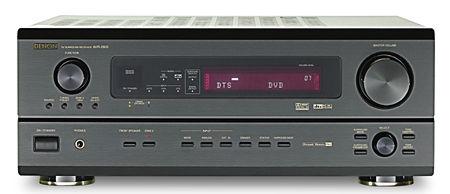LATEST ADDITIONS
|
Sep 01, 2003 |
First Published: Sep 02, 2003
|
Sep 01, 2003 |
First Published: Sep 02, 2003
|
Sep 01, 2003
|
Sep 01, 2003










